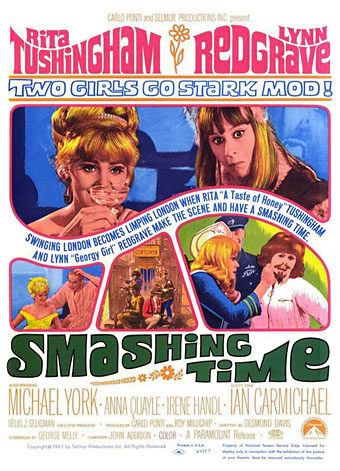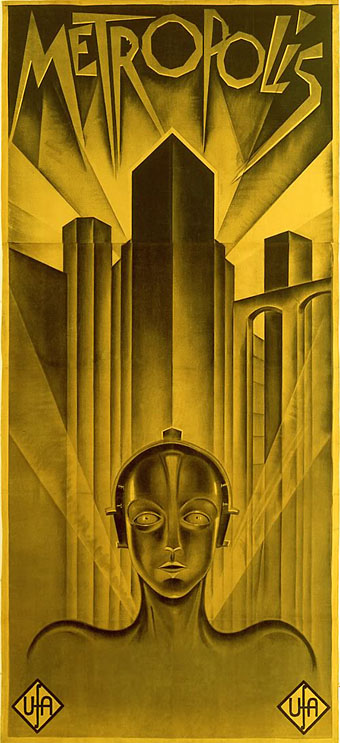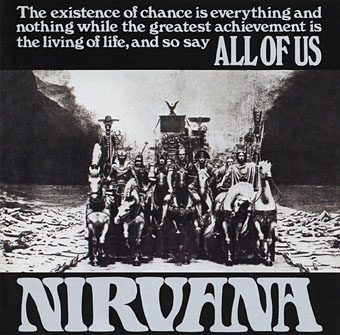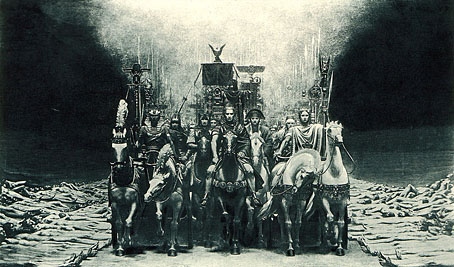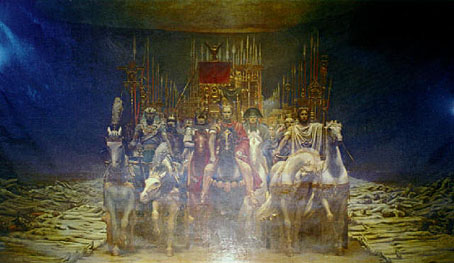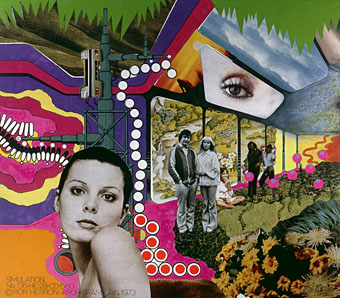
Aladdin Sane (1973). Cover photo by Brian Duffy who died this week.
• Among the obituaries this week: artist Louise Bourgeois; poet and partner of Allen Ginsberg, Peter Orlovsky; film director Joseph Strick, a man who dared to film James Joyce’s Ulysses; photographer Brian Duffy.
• The dustbin of art history: “Why is so much contemporary art awful? We’re living through the death throes of the modernist project—and this isn’t the first time that greatness has collapsed into decadence.” Admirable sentiments but galleries and dealers have far too much invested in the corrupt edifice to let it collapse any time soon.
• Edinburgh film festival to screen ‘lost and forgotten’ British movies including the director’s cut of Jerry Cornelius film The Final Programme.
Delectable Bawdville burlesque boy Chris “Go-Go” Harder. Via EVB who have more pics.
• Homobody by Rio Safari, “a scrappy diy zine about queerness”. Obliquely related: Lizzy the Lezzie, animations at the Sundance Channel.
• Richard Norris aka Time and Space Machine puts together a psychedelic mixtape for FACT. Fab stuff.
• Diamanda Galás has a message for critics: “Stick to reviewing plant life and leave the Witches alone.”
• Brion Gysin: Dream Machine will be the first US survey of Gysin’s work in NYC next month.
• Geeta Dayal’s study of Another Green World by Brian Eno reviewed at Ballardian.
• For type-heads: font anatomy wallpaper by Sigurdur Armannsson.
• If it was my home: visualising the BP oil disaster.
• Antony Gormley’s Breathing Room III.
• The Paris Review has a new blog.
• Bizarre juxtaposition of the week: John Martyn’s sublime Small Hours with, er… The Clangers.


